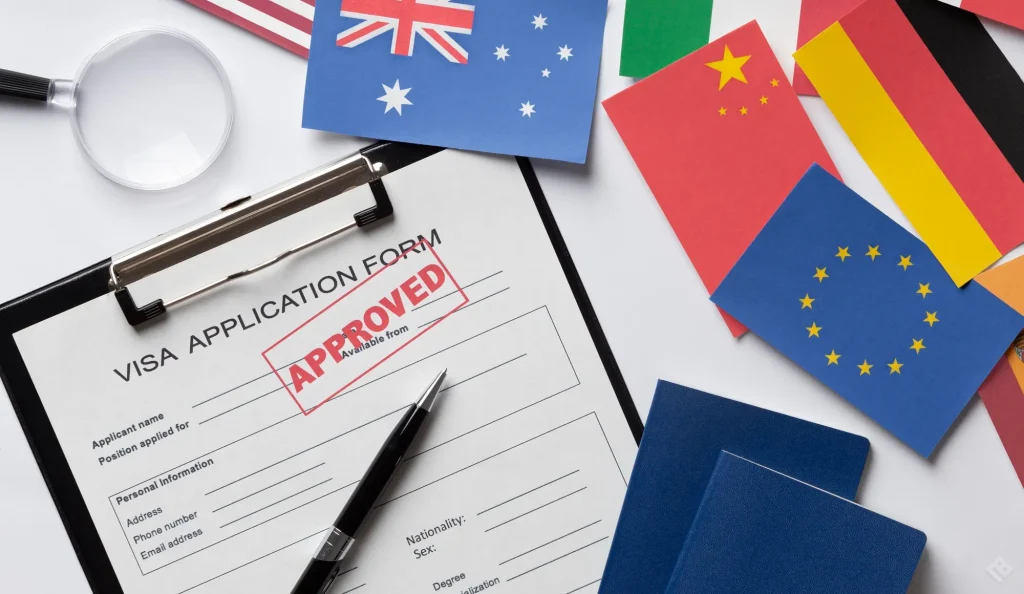Pakistan has taken a bold step forward by launching its first AI customs clearance Pakistan system. Therefore, this historic move could transform how trade works at our borders. Many now ask — what does this mean for importers and businesses?
For years, the Federal Board of Revenue (FBR) struggled with slow processes and manual checks. Now, the new FBR AI system promises faster processing and better accuracy. Moreover, with global trade evolving fast, Pakistan needed a modern solution. Finally, this project shows the country’s serious push towards Pakistan customs automation.
Prime Minister Shehbaz Sharif declared this AI customs clearance Pakistan project a “game changer.” He also stressed that the Shehbaz Sharif customs project will boost transparency and reduce smuggling. In addition, it should cut human error and corruption, which traders have always complained about.
So, how does it actually work? The AI trade clearance software uses smart algorithms and data. It checks risk factors, cargo details, and shipment history within seconds. Compared to old manual checks, this is a huge leap forward. Importers hope that digital customs Pakistan will make trade smoother and cheaper.
Meanwhile, many experts compare this project to Singapore’s customs tech. Clearly, their AI risk management FBR approach sets a strong example. As a result, traders believe this can help Pakistan compete regionally. After all, quick clearance means more savings and better profits.
Businesses that rely on imports will benefit first. The FBR AI system will scan documents, flag risky shipments, and release safe cargo faster. Thus, this will ease bottlenecks at ports, which have always been a problem. If you follow global trends, you know AI in customs is expanding fast. Therefore, many feel we have taken a timely step to stay relevant.
Still, questions remain. Will this system handle high volumes during peak months? Are staff ready to handle glitches? However, early signs look good. Pilot tests showed quicker clearances and less paperwork. If the momentum continues, digital customs Pakistan could become a success story.
Many now hope AI customs clearance Pakistan will inspire more digital reforms. If done right, our ports could become trade hubs for Central Asia. That dream has been discussed for years but never materialized. Yet now, with AI risk management FBR tools, we may finally reach that goal.
Traders, policymakers, and citizens should watch closely. Change is never easy. However, modern systems can fix old problems. If you want more on Pakistan customs automation, stay connected to nomiBlog.com. We cover how new technologies shape trade.
What do you think of AI trade clearance? Will it help Pakistan compete? Or will old habits block progress again? The answers will shape our future. One thing is clear — the Shehbaz Sharif customs project has opened new doors. So, let’s see if we can walk through them together.
More from Artificial Intelligence
Say Goodbye to Tabs? Perplexity Launches Comet, Its New AI-Powered Browser
Have you ever felt trapped in a jungle of open tabs? The new Perplexity Comet browser might finally change that. …
How AI Automation Will Create New Jobs & Transform Careers
The conversation around AI automation new jobs 2025 is heating up fast. Many people wonder — will AI take my …
The Benefits of Not Assuming Your Customers Want AI
AI customer perception is not what every business leader thinks it is. Many people still worry about trust, privacy, and …






















